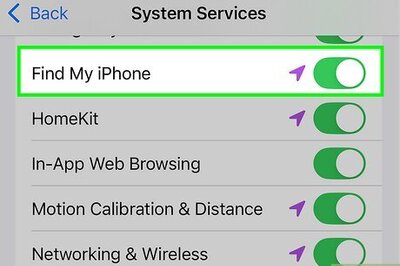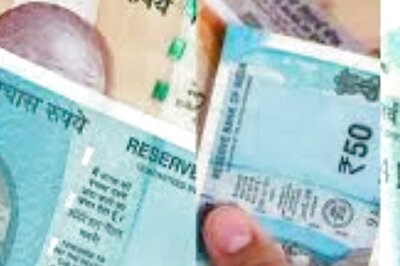
views
After the pandemic, the Indian economy has been gaining momentum and is slowly returning to growth. The Union Budget is typically considered a key document as it proposes the government’s measures to drive growth and suggest policy reforms.
Budget 2020 introduced simplified income tax regime (‘SITR’) with an intent to reduce tax rates by forgoing certain exemption and deductions under Income tax Act, 1961(‘Act’) and reduce the significant administrative burden to individual taxpayers. The SITR has 7 tax slab rates and an individual opting for the same will have to forgo 70 deductions and exemptions.
Taxpayers are now allowed the flexibility to choose between the two regimes i.e., SITR and old tax regime – which offers tax-saver benefits under Section 80C, Section 80D, Section 24 of Act and so on.
While the objective of tax authorities for introducing SITR was to simplify the administrative burden of individual taxpayers, it appears that it has not been widely opted by them. Though the tax rates under SITR are lower as compared to the existing tax regime, however, based on the number of taxpayers opting for SITR, it can be seen that the lower tax rates are not attractive enough for individuals to forego their exemptions and deductions.
Hence, in view of promoting the SITR, the government may bring out certain modifications to make the SITR a more favourable option for the individual taxpayer.
1. Change in Tax slab rates
To give more purchasing power to individuals and provide some relief to the employed taxpayers, it is suggested that the highest tax rate of 30% be reduced to 25% and the threshold limit for the highest tax rate be increased from INR 10 lakhs to INR 20 lakhs. Therefore, the proposed highest slab rate (including surcharge and cess) can be reduced to 35.62% from 42.744%.
NIL
INR 2.5 lakh – INR 5 lakh
5%*
10%
10%
INR 7.5 lakh – INR 10 lakh
15%
20%
20%
INR 12.5 lakh – INR 15 lakh
20%
30%
20%
Above INR 20 lakhs
25%
* Subject to Rebate under Section 87A
2. Introduce standard deduction
Under the old tax regime, a standard deduction of INR 50,000 is allowed to a salaried taxpayer. However, such deduction is not allowed under SITR. It is suggested that standard deduction of INR 50,000 be allowed in the SITR and the limit may be increased.
An introduction of the standard deduction for employees would have a direct bearing on the tax outflow. Given that employees may not be able to claim much of the exemptions available such as house rent allowance, food or car benefits, introducing the standard deduction will help improve the take-home pay.
3. Introducing certain deductions
In the upcoming Budget, the government may consider allowing at least below mentioned basic deductions and exemptions to an individual opting for the new tax regime.
- House Rent Allowance (HRA) and interest on housing loan deductions
- Deduction for health insurance premium4. Opting for SITR while filing belated tax return
As per the current provisions of the Act, an individual taxpayer is not allowed to opt for SITR if the tax return is filed after the due date. The simplified tax regime was introduced with an intent to simplify the administrative burden of an individual taxpayer. It is suggested that in the upcoming Budget, a provision be introduced to allow individuals to opt for the SITR even in case of belated filing of income tax return.
Homi Mistry is a Partner with Deloitte India. With inputs from Niji Arora, Senior Manager, Tarika Agarwal, Manager and Ami Rathod, Assistant Manager with Deloitte Haskins and Sells LLP.
Read all the Latest Business News here




















Comments
0 comment